Olympus M.Zuiko Digital ED 12-100 mm f/4 IS PRO
4. Image resolution
Let’s glance at a graph below and check how the tested lens compares in the frame centre at 12, 25, 60 and 100 mm focal lengths.
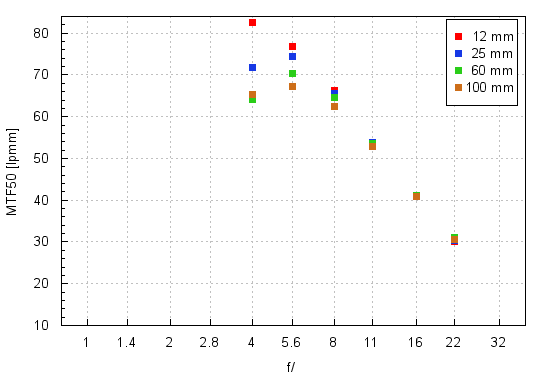
Please Support UsIf you enjoy our reviews and articles, and you want us to continue our work please, support our website by donating through PayPal. The funds are going to be used for paying our editorial team, renting servers, and equipping our testing studio; only that way we will be able to continue providing you interesting content for free. |
- - - - - - - - - - - - - - - - - - - - - - - - - - - - - - - - - - - - - - - - - - - - - - - -
The performance at the shortest focal length deserves just one word: revelation. Not only the maximum MTFs are reached already at the maximum relative aperture but also the result in that place is really close to the record value, exceeding slightly 82 lpmm.
Results we got at the bigger focal lengths are weaker but only because we compare them with a quite brilliant performance at 12 mm. Overall they remain very good as well. By the maximum relative aperture the lens doesn’t have any problems with exceeding 60 lpmm distinctly (and at 25 mm it manages to exceed even 70 lpmm); on stopping down its performance even gets better. As a result, despite a wider range of focal lengrhs, the Olympus 12-100 mm has results noticeably better than the Panasonic Lumix G 12–60 mm f/3.5–5.6 ASPH. POWER O.I.S., so praised by us. The difference between the tested lens and the Olympus 12-50 mm is even greater.
Will our enthusiasm be damped after looking at the edge of the frame? Let’s check a graph below.
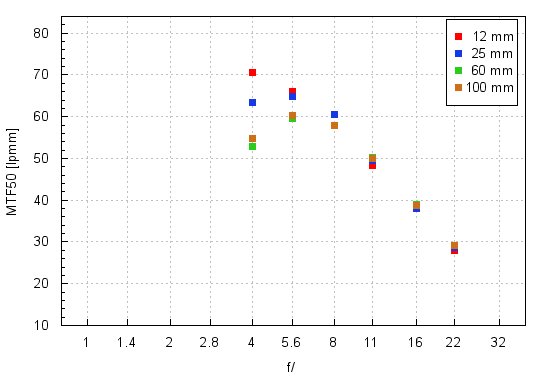
In this case it might actually increase. At shorter end of the range of focal lengths the performance is splendid and it remains very good at the longer end too. What’s more even at the weakest focal length the MTFs at the maximum relative aperture are fully useful.
To be honest I don’t remember a zoom lens with the multiplication ratio over 8 which didn’t have any weaker spots on the edge of the frame. It seems Olympus exploited the potential of a small sensor to the full and showed that producing such a lens is actually possible – a round of applause!
The resolution of the Olympus M.Zuiko Digital ED 12–100 mm f/4 IS PRO was additionally tested on RAW files generated by the Olympus E-M5 Mark II camera and below we present the results in the frame centre and on the edge. They confirm precisely the results we got by analyzing RAWs from the E-PL1.
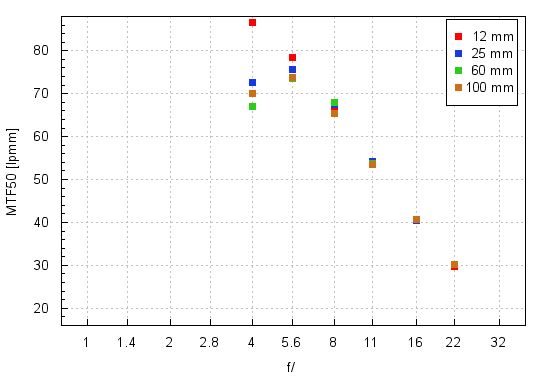
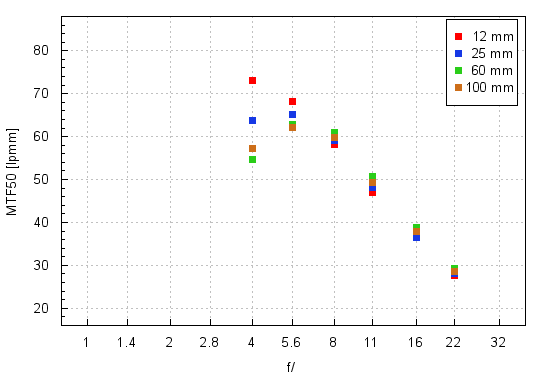
At the end of this chapter traditionally we present crops taken from photos of our resolution testing scene; these are JPEG files straight from the camera which were saved along with RAW files we described above.
| Olympus E-PL1, JPEG, 12 mm, f/4.0 |
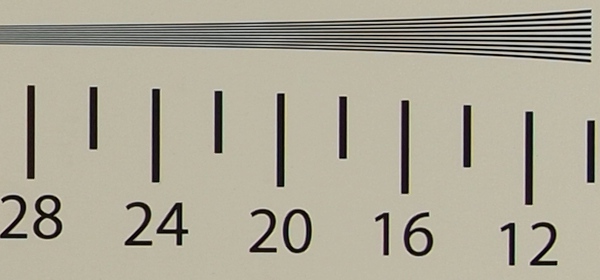 |
| Olympus E-PL1, JPEG, 60 mm, f/4.0 |
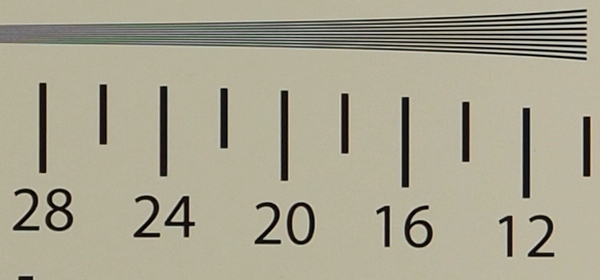 |






